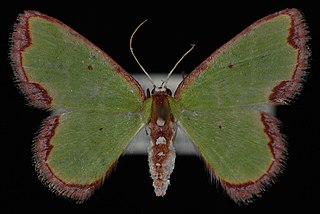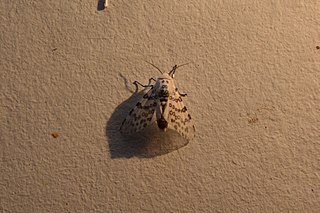
The term French West Indies or French Antilles refers to the eight territories currently under French sovereignty in the Antilles islands of the Caribbean:
Antillean Creole is a French-based creole, which is primarily spoken in the Lesser Antilles. Its grammar and vocabulary include elements of Carib, English, and African languages.

The culture of Dominica is formed by the inhabitants of the Commonwealth of Dominica. Dominica is home to a wide range of people. Although it was historically occupied by several native tribes, the Taíno and Island Caribs (Kalinago) tribes remained by the time European settlers reached the island. "Massacre" is a name of a river dedicated to the murders of the native villagers by French and British settlers, because the river ran red with blood for days. Each claimed the island and imported slaves from Africa. The remaining Caribs now live on a 3,700-acre (15 km2) Carib Territory on the east coast of the island. They elect their own chief.

Oxytenis is a genus of moths in the family Saturniidae and subfamily Oxyteninae. The genus was erected by Jacob Hübner in 1819. During its larval form, it has large eyespots on the front of its head in an attempt to mimic a snake. The larva has unusual, large, almost wing-like, fleshy protrusions on either side.

The Arctiini are a tribe of tiger moths in the family Erebidae.

The Martinique amazon is a hypothetical extinct species of Caribbean parrot in the family Psittacidae. It is not known from any material remains, but was said to be similar to the red-necked amazon from Dominica, the next major island to the north of Martinique. Natives are known to have traded extensively in parrots between the Antilles, and it seems that the Martinique population was in some way related to or even descended from A. arausiaca.

Halysidota is a genus of moths in the family Erebidae. The genus was erected by Jacob Hübner in 1819.
Pseudamastus is a monotypic moth genus in the family Erebidae described by Hervé de Toulgoët in 1985. The genus contains only one species, Pseudamastus alsa, first described by Herbert Druce in 1890. It is found on Dominica, Guadeloupe and Martinique.

Neritilia succinea is a species of submarine cave snail, a marine gastropod mollusk in the family Neritiliidae.

Synchlora cupedinaria is a moth in the family Geometridae first described by Augustus Radcliffe Grote in 1880. It is found in Florida, the Bahamas, the Virgin Islands, Guadeloupe, Martinique and possibly St. Kitts and Puerto Rico.

Dysschema leda is a moth of the family Erebidae first described by Herbert Druce in 1884. It is found in Costa Rica.
Eucereon imriei is a moth of the subfamily Arctiinae. It was described by Herbert Druce in 1884. It is found on Guadeloupe, Dominica, Montserrat and Saint Kitts.
Eucereon rogersi is a moth of the subfamily Arctiinae. It was described by Herbert Druce in 1884. It is found in Costa Rica, Panama, as well as on Guadeloupe and Saint Kitts.
Halysidota atra is a moth of the family Erebidae. It was described by Herbert Druce in 1884. It is found in Guatemala, Mexico, Honduras, Costa Rica, Nicaragua, Panama, Peru, Colombia, Ecuador and Bolivia.
Halysidota roseofasciata is a moth of the family Erebidae. It was described by Herbert Druce in 1906. It is found in Peru.
Halysidota schausi, or Schaus' tussock moth, is a species of moth in the family Erebidae. It was described by Walter Rothschild in 1909. It is found from Texas and Mexico to Costa Rica, Guatemala, Colombia, Venezuela, Ecuador and Peru. It is also found on Martinique and the Lesser Antilles.
Halysidota semibrunnea is a moth of the family Erebidae. It was described by Herbert Druce in 1906. It is found in Peru.

Hypercompe icasia is a moth of the family Erebidae first described by Pieter Cramer in 1777. It is widely distributed in South America and is also found on Martinique, Guadeloupe, Saint Martin, Dominica, St. Kitts, Nevis, St. Thomas and Puerto Rico.
Pheia daphaena is a moth in the subfamily Arctiinae. It was described by George Hampson in 1898. It is found on Dominica, Santa Lucia, Martinique, Guadeloupe and Saint Martin.









